RaimaDB
Lightning fast database for mission-critical applications
Get to market faster so you can focus on what truly matters — with fully customizable, lightweight and reliable C/C++ embedded database solutions.
NEW RELEASE! RaimaDB 16.0
Lightning fast embedded database for mission-critical applications
Now featuring enhanced security, multiplatform support, and seamless developer experience. Dive into the future of data management with RaimaDB
Why RaimaDB?
More than
Over
As little as
Trusted by Fortune 500 companies
RaimaDB has proven itself in meeting the stringent requirement of high data integrity. We have accomplished satisfying 100% data integrity even after some of the most brutal test scenarios.
Rodney Spruell
Adtran

RaimaDB was an easy selection because it offers all of the functionality we needed on our target platform. Raima has consistently exhibited exceptional cooperation to meet all of our business demands including providing source code for the database.
Spokesperson
Boeing

RaimaDB has proven itself in meeting the stringent requirement of high data integrity. We have accomplished satisfying 100% data integrity even after some of the most brutal test scenarios.
Rodney Spruell
Adtran

RaimaDB was an easy selection because it offers all of the functionality we needed on our target platform. Raima has consistently exhibited exceptional cooperation to meet all of our business demands including providing source code for the database.
Spokesperson
Boeing

We chose Raima’s RDM because it is mature, reliable, and designed for embedded applications. Additionally, our data relationships are complex and RDM is uniquely capable of modeling these relationships without compromising performance.
R&D Manager
Nokia










RaimaDB Control Center
Industries
Data for your industry

Automotive

Aerospace & Defense
Reduce implementation costs without sacrificing performance. RaimaDB’s low-footprint optimization capabilities allow your team to access high-performance functionality with minimal code so they can do more with less.

Energy
Automate data movement without overloading your data fabric pipeline. Leverage Raima’s fast and reliable database management solutions so you can keep an eye on your system at every touchpoint in the network instantly.

Healthcare
Patient care is constantly advancing with new and evolving medical systems. Ensure patient data is secure as you manage and share testing results with RaimaDB’s advanced encryption. Access your data when you need it to provide 24/7 data availability with little to no maintenance.

Industrial Automation
Features
Ready to get started?
Try RaimaDB for free today and see how screaming fast data management can get you to market faster and under budget.
Fast, reliable data management
Our APIs are simple, easy to use, and quick to implement. See for yourself.
Insert
transaction <split <insert_row <TABLE_MEASUREMENT_SECONDS>,
stats <60, STATS_MINUTES,
split <insert_row <TABLE_STATS_MINUTES>,
stats <60, STATS_HOURS,
split <insert_row <TABLE_STATS_HOURS>,
stats <24, STATS_DAYS,
insert_row <TABLE_STATS_DAYS>>>>>>>> ts;
RDM_RETCODE rc = ts.init (db);
for (int hour = 0; hour < 72 && rc == sOKAY; hour++)
{
rc = ts.begin ();
for (uint64_t time_stamp = hour * 60 * 60; rc == sOKAY && time_stamp < (hour + 1) * 60 * 60; time_stamp++)
{
const double tau = 6.283185307179586;
const double signal = sin (tau * time_stamp / 23.45);
MEASUREMENT_SECONDS measurement = {time_stamp, signal};
rc = ts.put_value (&measurement);
}
}
rc = ts.end ();
db.StartRead (tablesToLock, RDM_LEN (tablesToLock));
cursor = db.Get_rtree_table_RowsBy_rect (boundingBox, type);
cursor.MoveToFirst ();
while (cursor.GetStatus () == CURSOR_AT_ROW)
{
printCurrentRtreeTableRow (cursor);
cursor.MoveToNext ();
}
db.End ();
RDM_CURSOR cursor;
INFO infoRead; /* Row buffer */
rdm_dbAllocCursor (db, &cursor);
rdm_dbGetRows (db, TABLE_INFO, &cursor);
rdm_cursorMoveToFirst (cursor);
rdm_cursorReadRow ( cursor, &infoRead, sizeof (infoRead), NULL);
printf ("%s\n", infoRead.mychar);
rdm_cursorFree (cursor);
INFO infoInserted; /* Row buffer */
rdm_dbStartUpdate (db, tables, RDM_LEN (tables), NULL, 0, NULL);
strcpy (infoInserted.mychar, "Hello World! - using the embedded TFS");
rdm_dbInsertRow ( db, TABLE_INFO, &infoInserted, sizeof (infoInserted), NULL);
rdm_dbEnd (db);
rdm_dbEndRollback (db);
Our services
RaimaDB
Develop more powerful applications for less with the most flexible embedded database on C and C++.
Professional services
Access on-demand data management expertise from a team with over 30 years of experience.
Maintenance & support plans
Make your database unstoppable with dedicated 24/7 customer support.
Ready to get started?
Try RaimaDB for free today and see how screaming fast data management can get you to market faster and under budget.






























